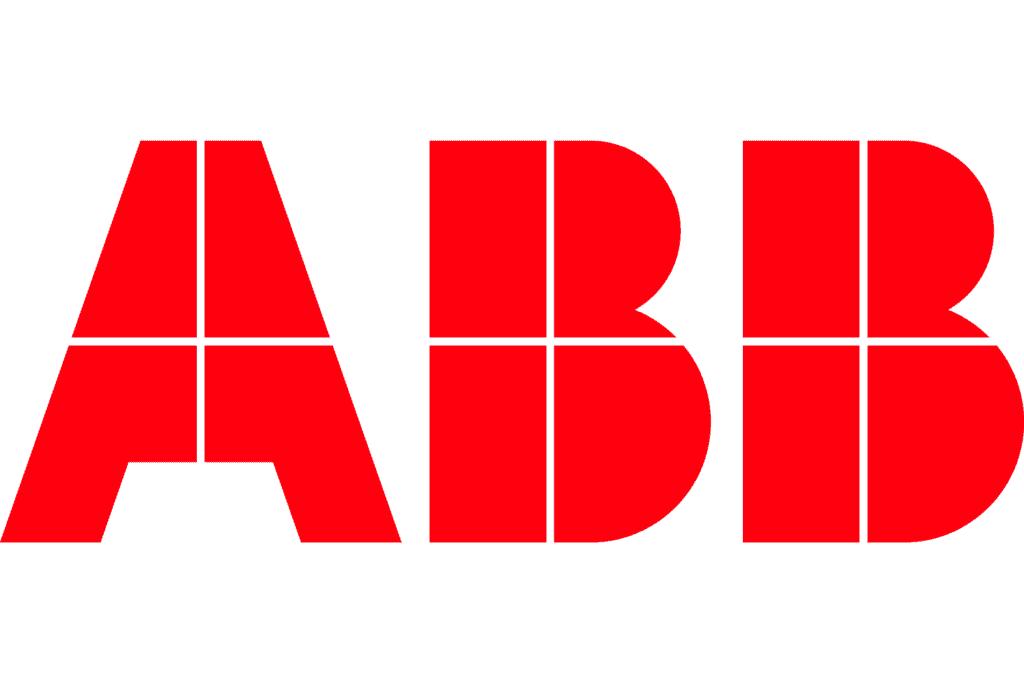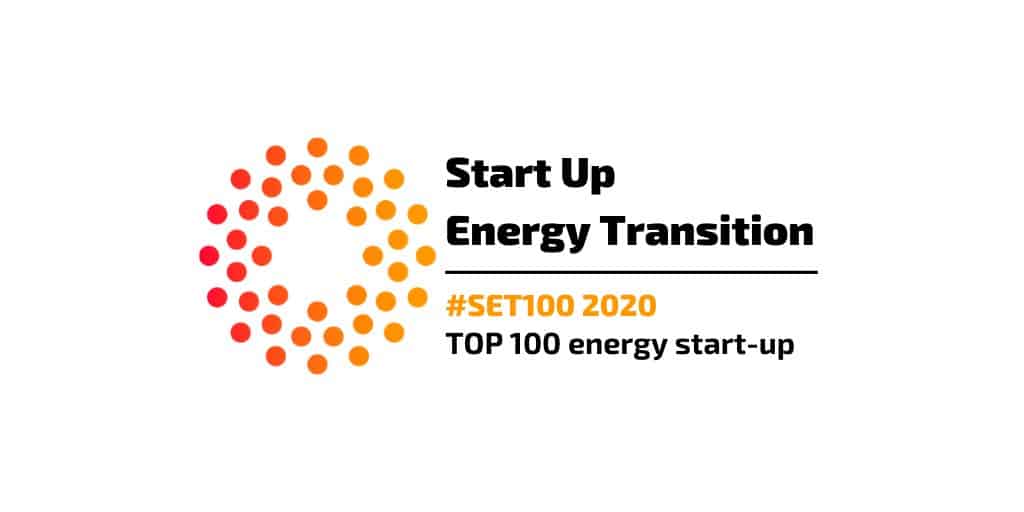The Evolution of Energy as a Service
EaaS hub The evolution of Energy as a Service: a paradigm shift to customer-centricity Table of Contents The origins of Energy as a Service As we highlighted in our recent e-Book, energy lags behind the digital transformation curve compared to industries such as banking and so unsurprisingly, the Energy as a Service











